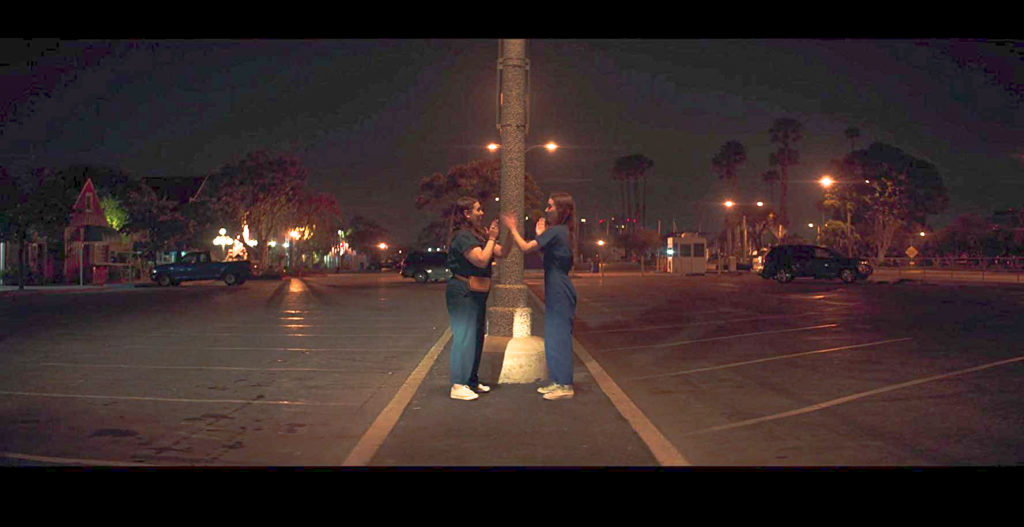
The start of fall semester signals two more beginnings; school is starting to ramp up and so is football season. The Technique sat down with one of the biggest personalities on campus and on the football field: Buzz himself!
Chenyang “Randy” Liang is a recent Tech graduate who formerly served as Buzz. As he delved into details about what occurs inside the costume of Tech’s mascot, Randy shared some exclusive behind-the-scenes moments with the Technique.
Randy admitted that he was at first hesitant to take on such a high-profile role, considering the magnitude of the beloved mascot’s presence.
As a symbol of student life at Tech, Buzz is expected to pump up crowds at athletic events and lift spirits around campus. Randy was unsure about whether he would be a good fit.
“At first it came as a joke,” he said, “but after six months it became a passion. It was awesome.”
Once he gained more confidence, Randy began to enjoy many aspects of his new role. He shared some of the highlights from his “awesome” time as Buzz.
“It was a way for me to release all the stress and the pressure,” he said. “School at Tech can be difficult, and this was my fun and my passion.
“Another thing that made it awesome was the connection I was able to make with people as Buzz. Many people don’t know me — but they all know Buzz. It was also a way to take my creativity to the next level, since I was always thinking about what to do next!”
Randy shared the ways in which his creativity helped him in his role as he aspired to create a culture of fun surrounding Buzz.
He explained how creating this culture could be as simple as showing up — the mascot was such a recognizable and unifying force that built up energy and camaraderie among students of all different backgrounds.
“Within the Georgia Tech community, Buzz represents swag and fun,” Randy said. “It gives a stage to break the gap between people.
“I didn’t even have to talk — I just had silent communication. Buzz is a perfect platform to feed off people’s energy, build it up and overcome differences.”
Buzz not only had the opportunity to feed off of the energy at Tech, but from places all across the U.S., such as Chicago, Orlando and New York.
Tech’s mascot is not just popular around campus, but also receives “buzz” from all over. He is requested to travel to events ranging from elementary school visits to NCAA tournament promotions.
“I experienced things that I would not have been able to otherwise,” said Randy. “And on top of that, I could give people memories that they will remember … Through Buzz I learned and developed a passion and pride for my school. I love Georgia Tech so much.”
Randy’s role as Buzz not only gave him the chance to create lasting memories for others, but it also provided him with many memories of his own. He cited ceremonies as being of special significance to him.
“For me, the most special thing was graduation and senior day,” Randy said. “This is because I know that this is everybody’s last time — their peak moment in college. You sacrifice for so long, and this is your moment.”
As Randy revealed, serving as Buzz is a serious commitment. Although the famed mascot is a staple of student life on campus, Randy acknowledges that the role is not suited for everyone.
Randy offers his advice to readers pursuing any commitment, mascot-related or not. “Know what you are getting into. Own your own craft and fully commit to the job. Take pride in your work, do it with your heart and have passion.”









